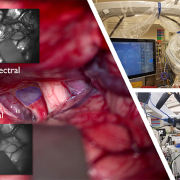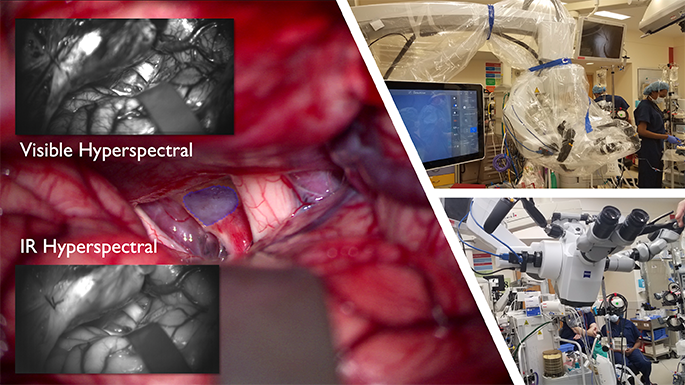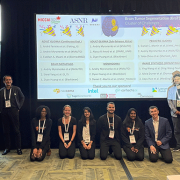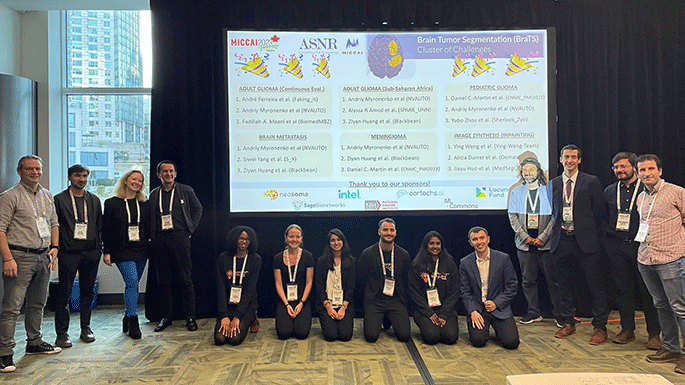Meet Dr. Andrew Campbell: Trailblazing treatment for patients with sickle cell disease
Andrew Campbell, M.D., remembers the first time he met a patient with sickle cell disease in the early years of his medical training. It was a brief interaction that had a profound effect on the trajectory of his career.
Sickle cell disease is an inherited blood disorder that primarily affects African American and Hispanic American children. The disease can cause severe pain events as well as progressive organ damage in patients.
This life-altering disease has affected children for more than a century, yet only one FDA-approved drug for treatment of sickle cell disease was developed in the first 100 years of its existence. Recognizing the health inequities that have contributed to an overall lack of therapies and providers in the field, Dr. Campbell knew he had to act.
“It was an area that needed a lot of resources, but also a lot of research and understanding of what our patients are going through. So, that was my initial launch into the field of Hematology and Oncology,” he explained, and he’s been an instrumental leader ever since.
For the past seven years, Dr. Campbell has served as the director of the Comprehensive Sickle Cell Disease Program at Children’s National Hospital — one of the largest sickle cell programs in the country, treating nearly 1,400 patients a year. Locally, he is Principal Investigator for the American Society of Hematology Sickle Cell Research Collaborative’s DMV Sickle Cell Consortium that includes several area sickle cell clinics including Northern Virginia, Richmond, Washington DC and Maryland.
In December 2023, the FDA approved two new gene therapies (CASGEVY™ and LYFGENIA™) to treat patients with sickle cell disease. Children’s National became one of the few pediatric hospitals in the country to offer these therapies, going on to then treat the first patient in the U.S. using the gene therapy method.
Dr. Campbell, who is treating the 12-year-old patient, says his team is excited about the future of these non-chemotherapy treatments and the curative possibilities they will bring to the field.
Despite being part of this significant milestone in the sickle cell community, Dr. Campbell says the work doesn’t stop there. His passion for making a difference and his impact on patients extends far beyond just Washington, D.C., and even the U.S.
For example, Dr. Campbell directs a research group called the Consortium for the Advancement of Sickle Cell Disease Research (CASiRe), with other sickle cell providers across the world. He says one of their goals is to better understand the ways that sickle cell can present itself in patients based on the country in which they receive treatment. “It’s really showing that based on the geographic difference of patients, it has implication in how they receive care,” he explains, adding that the group hopes to take what they learn in these studies to design more inclusive clinical trials in the future.
When he’s not devoting his time to research, you can find Dr. Campbell taking the fight for patients with sickle cell disease directly to lawmakers.
“I have gone to Capitol Hill a number of times to advocate for access and improvement of treatments for sickle cell disease,” he says, hoping that by using his voice and presenting his research, he can help the current generation, as well as the future generation of patients, get the care they deserve.


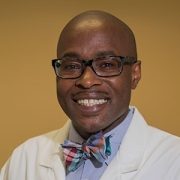

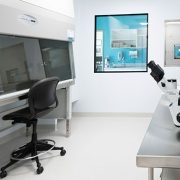

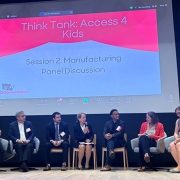
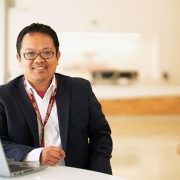
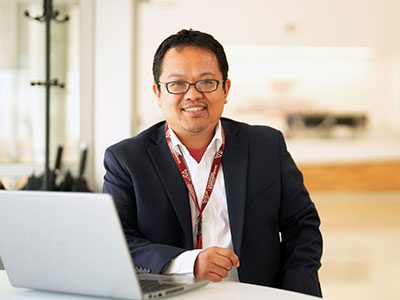
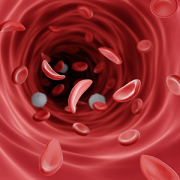
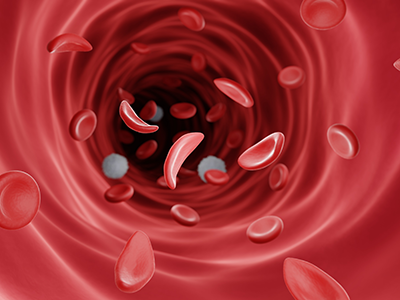

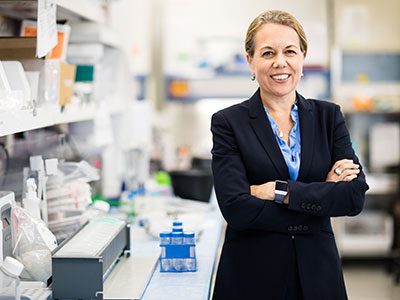

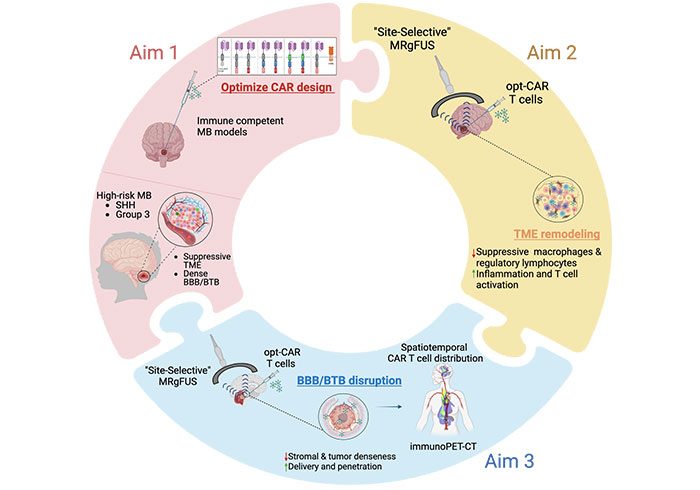 A Children’s National Hospital researcher is embarking on a two-year project that could revolutionize the care of rare pediatric brain tumors, through a Department of Defense (DOD) award to study the efficacy of combining the powers of acoustic therapy and cellular immunotherapy to treat the deadliest forms of medulloblastoma.
A Children’s National Hospital researcher is embarking on a two-year project that could revolutionize the care of rare pediatric brain tumors, through a Department of Defense (DOD) award to study the efficacy of combining the powers of acoustic therapy and cellular immunotherapy to treat the deadliest forms of medulloblastoma.
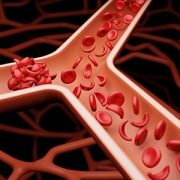
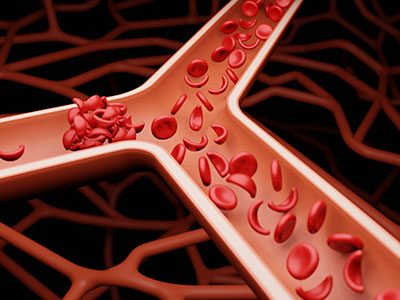
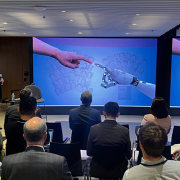
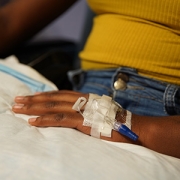
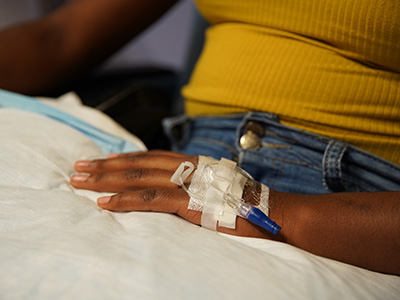
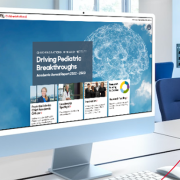
 The Children’s National Research Institute released its
The Children’s National Research Institute released its 


 Advanced MRI visualization techniques to follow blood flow in the hearts of cardiac patients. Gene therapy for pediatric patients with Duchenne muscular dystrophy. 3D-printed casts for treating clubfoot. These were among the most popular articles we published on Innovation District in 2023. Read on for our full list.
Advanced MRI visualization techniques to follow blood flow in the hearts of cardiac patients. Gene therapy for pediatric patients with Duchenne muscular dystrophy. 3D-printed casts for treating clubfoot. These were among the most popular articles we published on Innovation District in 2023. Read on for our full list.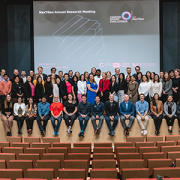
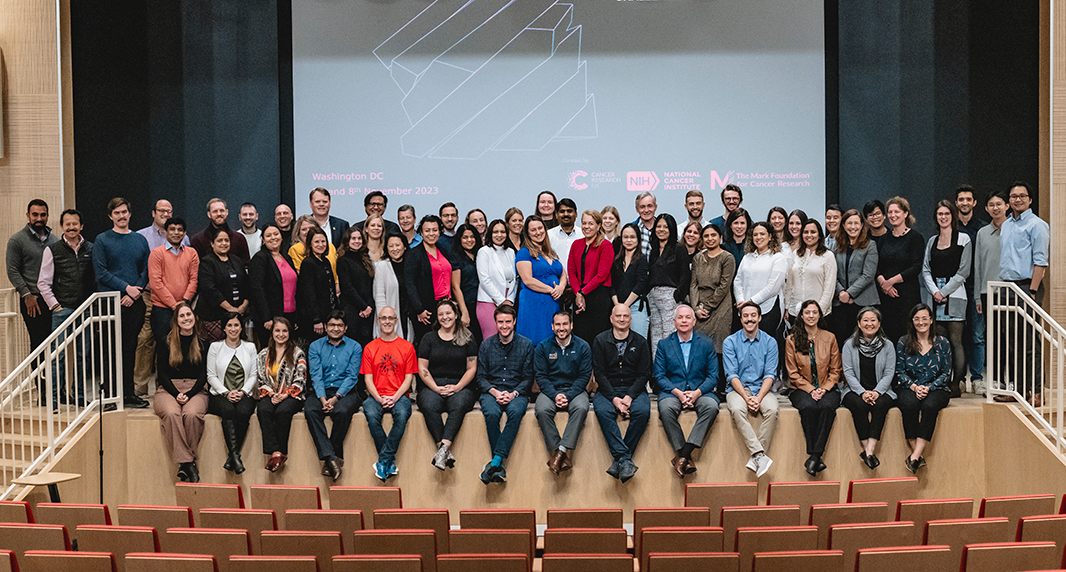
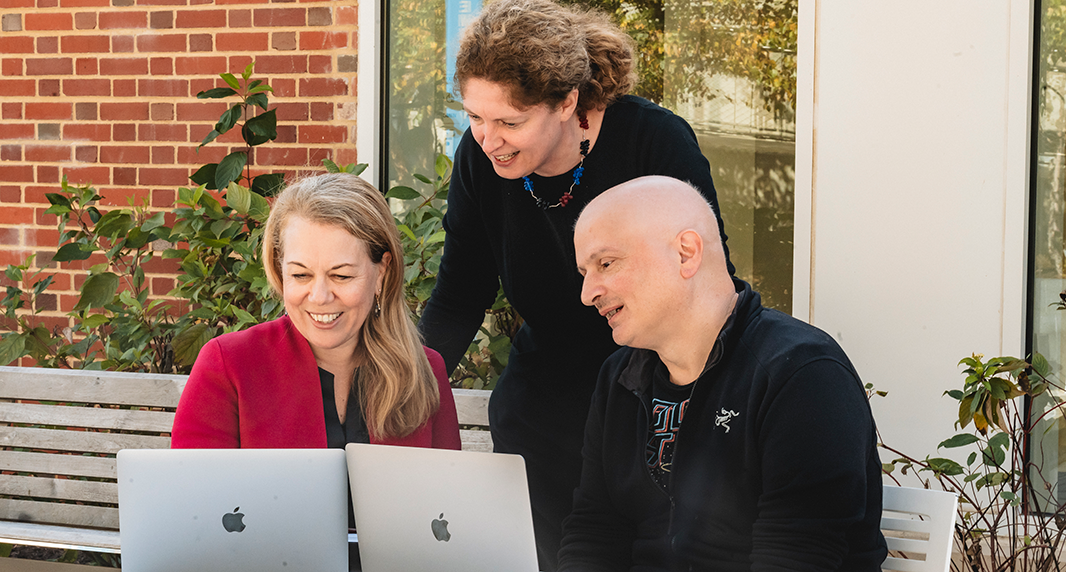
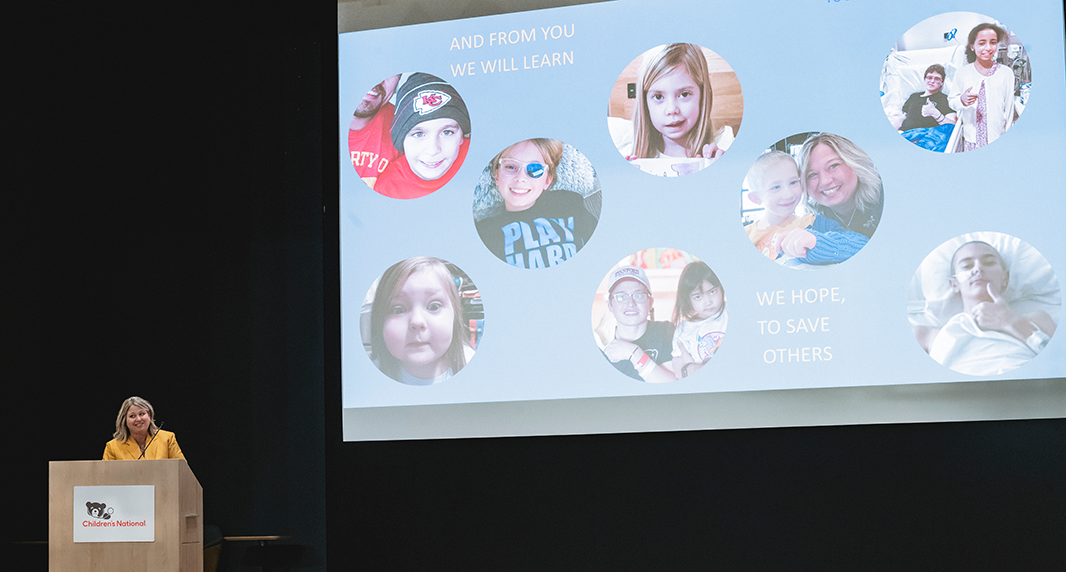
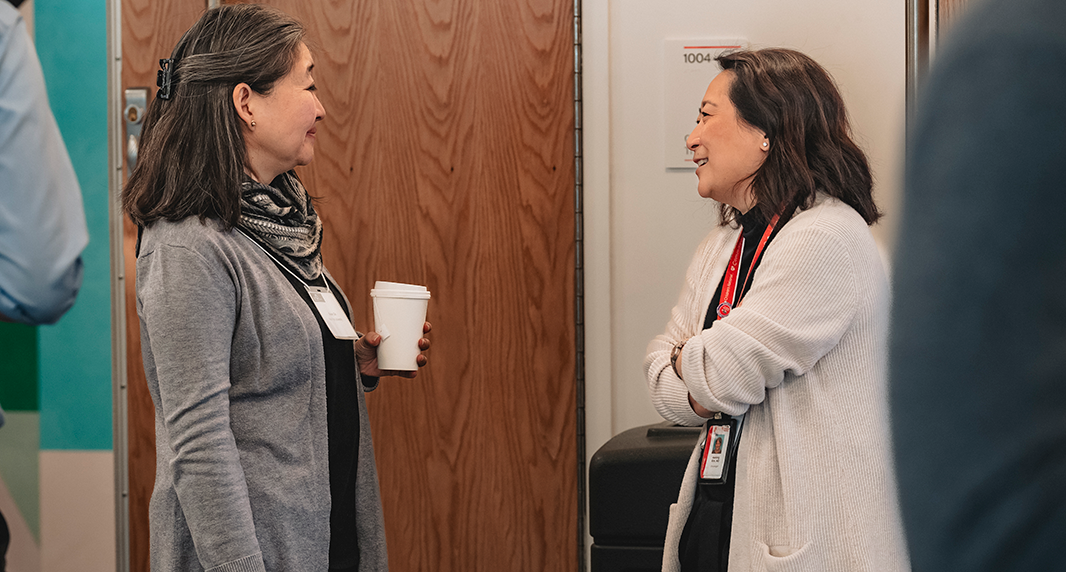

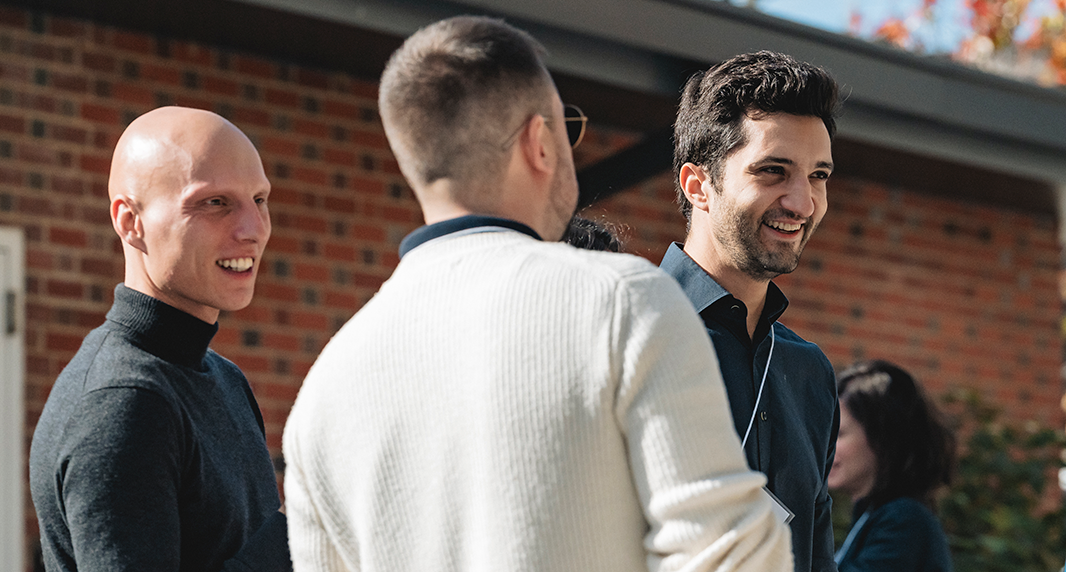

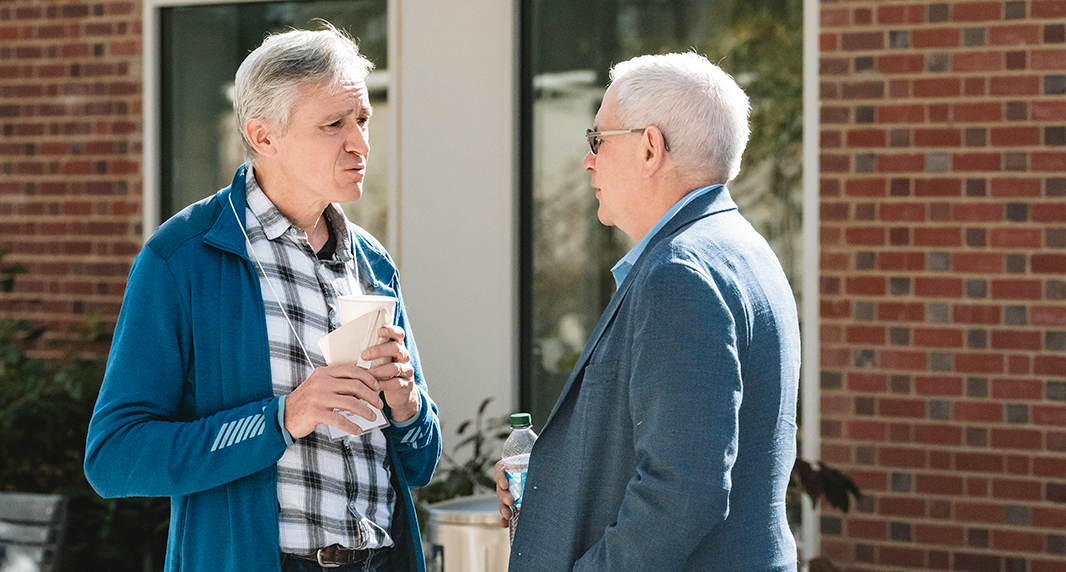
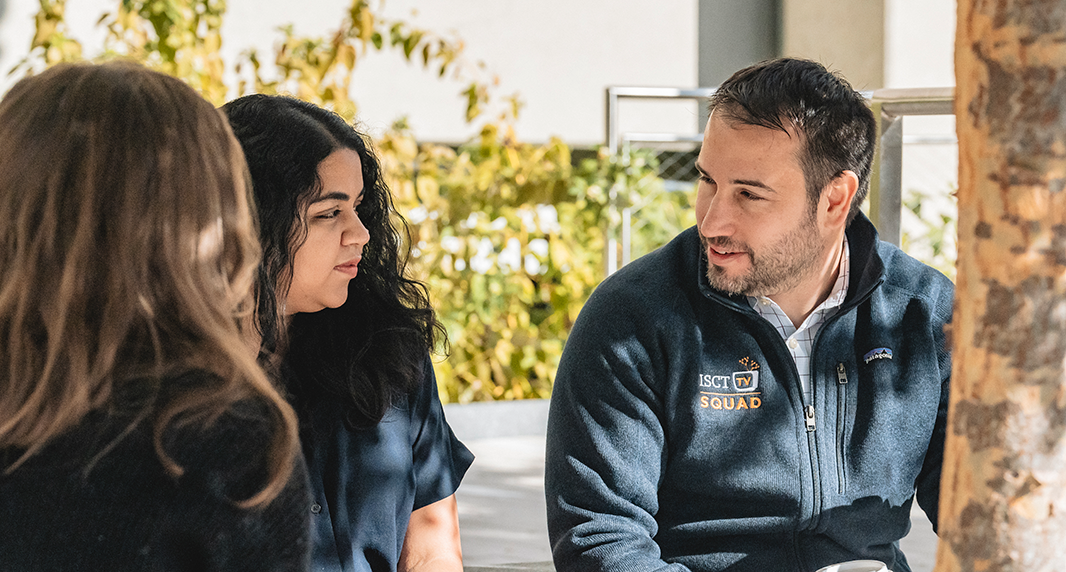

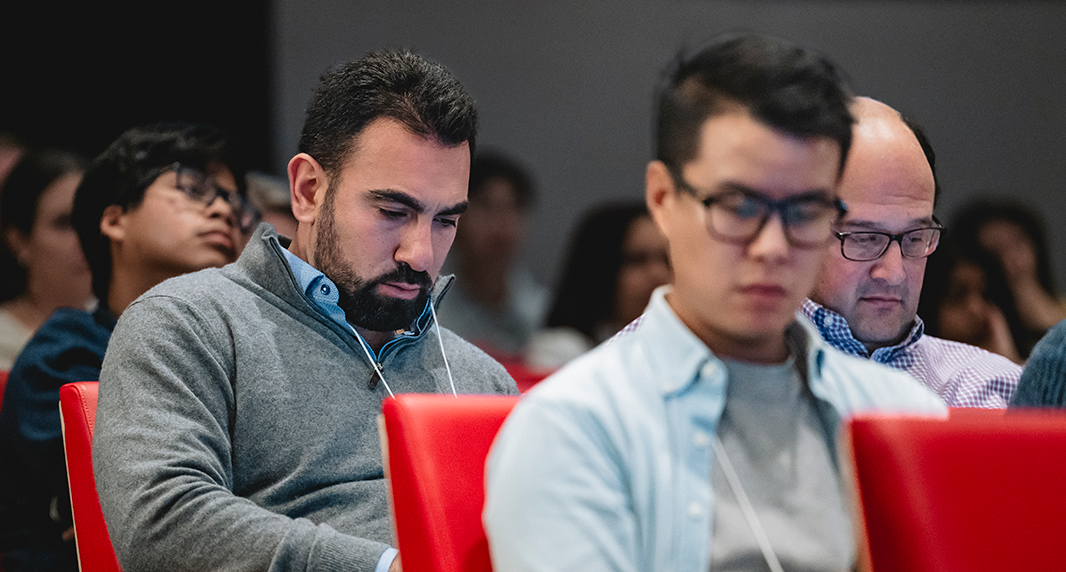
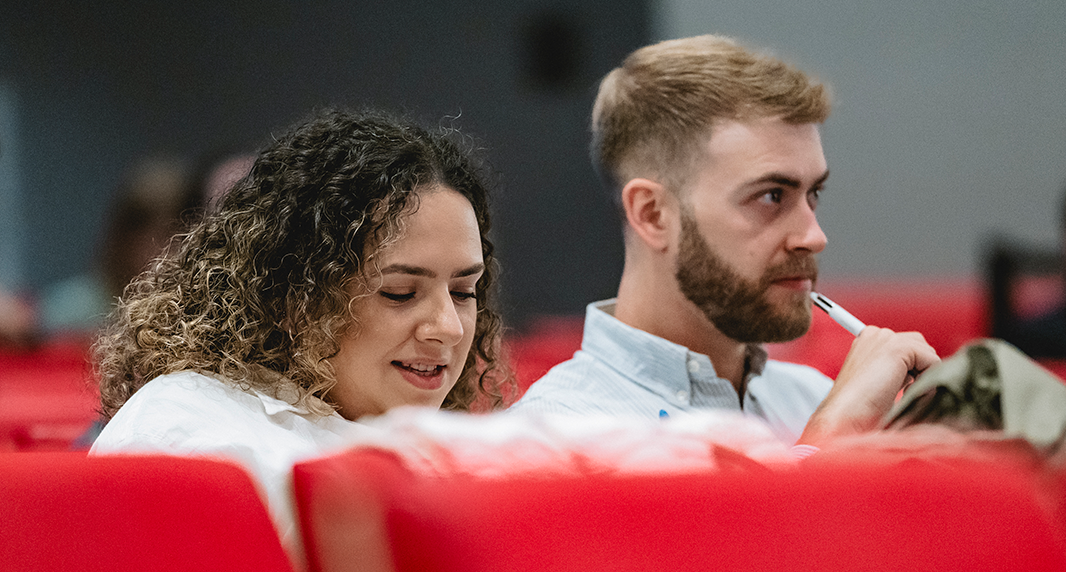
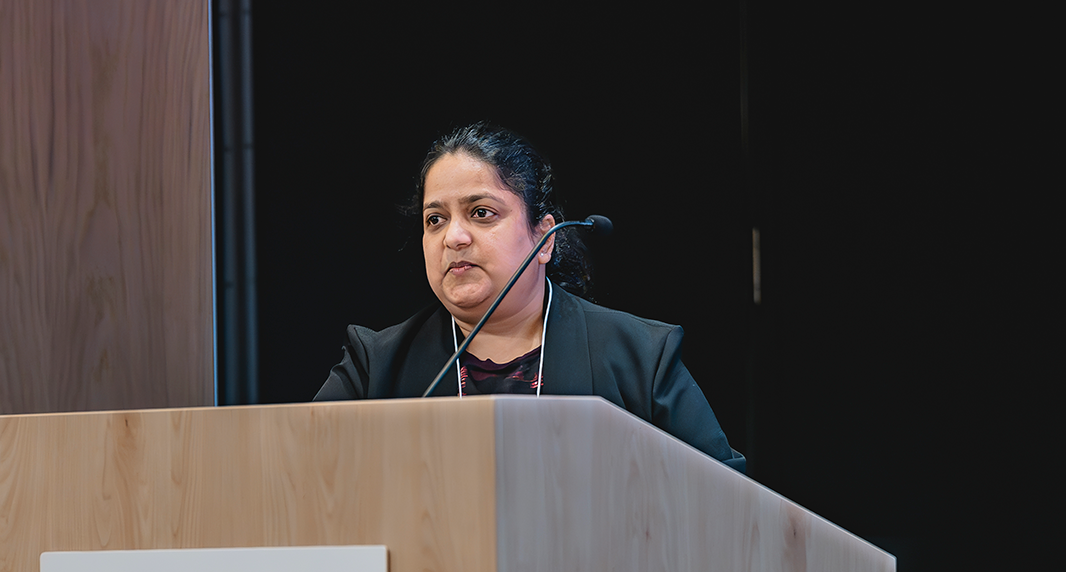
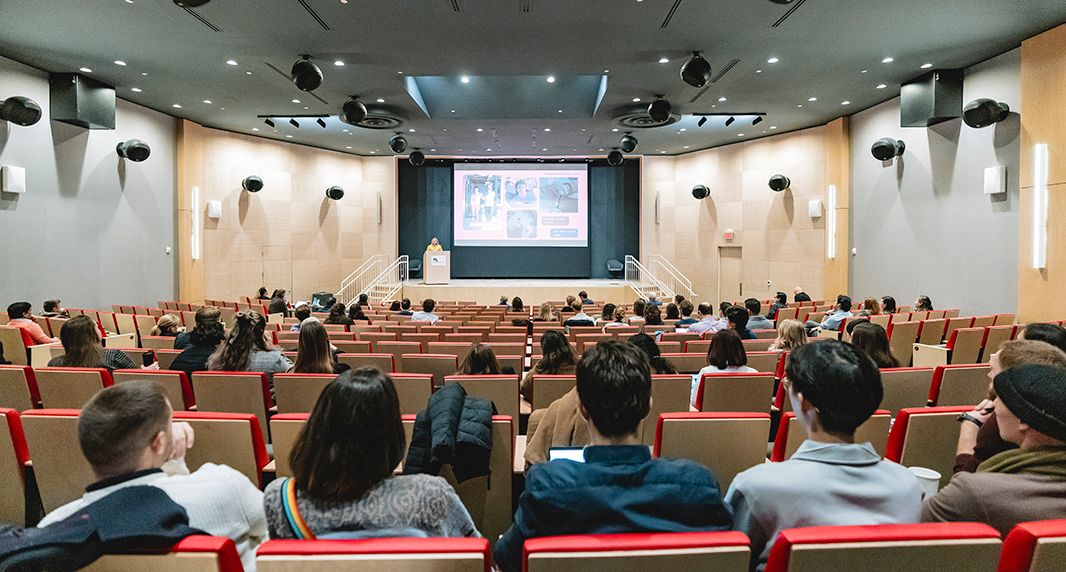
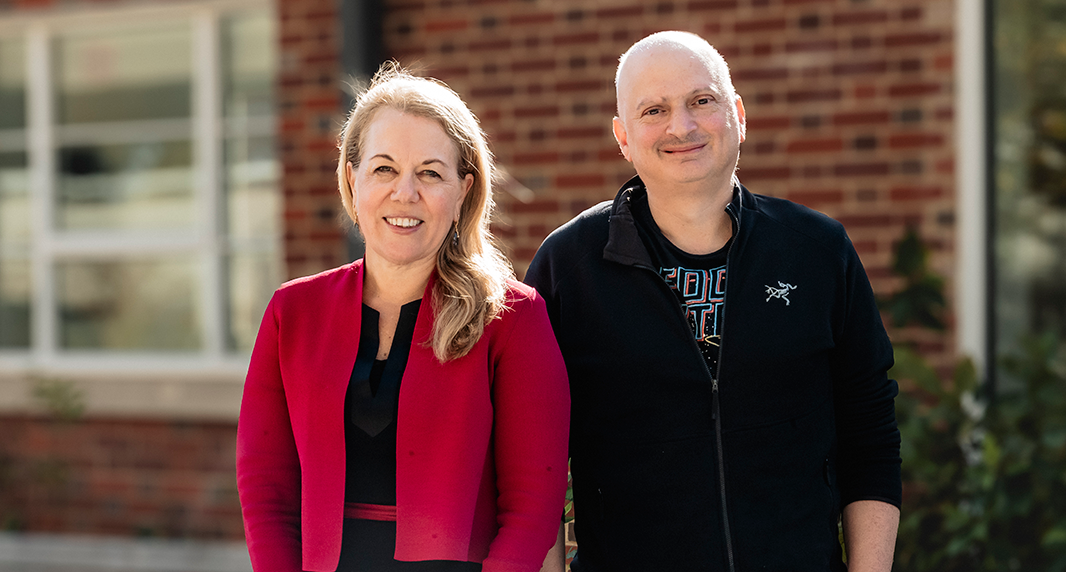
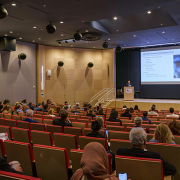

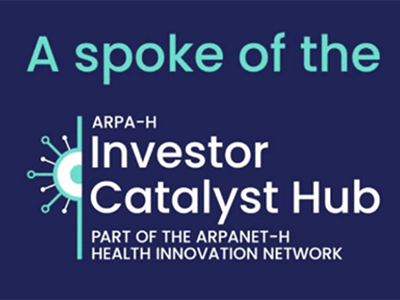 The hospital will advocate for the unique needs of children as part of nationwide network working to accelerate transformative health solutions.
The hospital will advocate for the unique needs of children as part of nationwide network working to accelerate transformative health solutions.